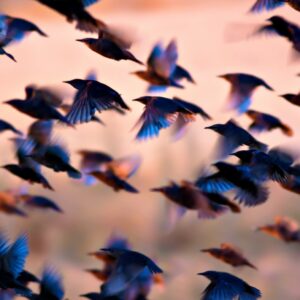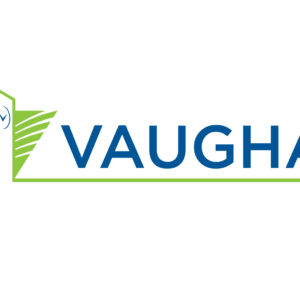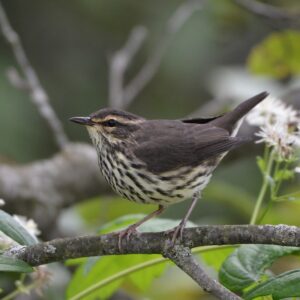Hope for Prothonotary Warbler in Canada
03/08/2011
 |
| Photo courtesy of Allan Woodhouse |
The Prothonotary Warbler (Protonotaria citrea) is a small migrating songbird. Its name evokes the yellow robes worn by the Roman Catholic Church officials known as protonotarii. In Canada, this beautiful warbler breeds only in a few sites of Carolinian forest along the shores of Lake Erie, nesting in tree cavities like no other warbler.
The Prothonotary Warbler is declining at a continental level. In Canada, where it is at the edge of its northern range, we have seen it decline from an estimated 40 plus pairs in the 1980s to approximately 10 pairs now. The key threats identified are the loss and degradation of its habitat, both in its breeding grounds (in Canada and the U.S.) and wintering grounds (southern Mexico through Central America and northern South America).
This songbird is one of 27 bird species listed as Endangered under the Species at Risk Act (SARA). Nature Canada has been monitoring the implementation of SARA for the survival and recovery of Prothonotary Warbler, since it was assessed by COSEWIC as Endangered in 1996.
Once listed as Endangered, the Prothonotary Warbler and its residence gained automatic protection through SARA, which prohibits harming or taking individuals of the species and destruction of its residence. The Act also requires the government to prepare a recovery strategy, followed by an action plan and to identify and protect the species’ critical habitat. A recovery strategy was due in June 2006, but has only now been completed.
We are cautiously encouraged that the final Recovery Strategy has incorporated some of the recommendations we have provided on two drafts subject to public consultations, first in September 2007 and recently in December 2010. Notably, the Recovery Strategy sets a scientifically credible recovery goal: to recover the population of 40 plus pairs in the long term and to increase it to 15-20 pairs by 2015. Also of great importance, the Recovery Strategy identifies critical habitat based on available scientific information in 11 sites within the municipalities of Chatham-Kent, Essex, Hamilton and Norfolk.
We are disappointed, however, that while the Recovery Strategy claims to take a precautionary approach, as required by SARA, an action plan will not be produced until 2015. An action plan is needed to spell out the specific measures that will be taken to achieve the recovery of the species, and specify roles and responsibilities around those actions. How will the goal of 15-20 pairs be achieved by 2015, if the action plan will only be completed in the same year? Without an action plan, there’s no guidance for those interested in contributing to the recovery of Prothonotary Warbler, nor is there a mechanism for accountability.
Prothonotary Warbler has suffered a 50% decline since 2007. At this pace, instead of recovery we might see the extirpation of this songbird in Canada before an action plan is implemented. This delay is anything but precautionary and we hope the Government of Canada produces the action plan at a much earlier date.
Why does Nature Canada do this work?
Canadians care about birds and other biodiversity. Nature Canada believes the Species at Risk Act can help recover species if it is adequately implemented. That is why we are committed to a watchdog role on SARA implementation. However, with 631 species listed as at risk in Canada (including those considered Extinct, Extirpated, Endangered, Threatened and of Special Concern), this is obviously a huge task that we can’t tackle alone. Fortunately, we work closely with other organizations like Ecojustice and the David Suzuki Foundation. As Canadian co-partner in BirdLife International, Nature Canada is committed to monitoring implementation by the federal government with respect to birds at risk, while our colleagues in these and other organizations focus on other species.
Our SARA watchdog work involves detailed review of government actions with respect to each species, from the moment COSEWIC recommends that it be listed under the Act. We follow the listing process, we review draft recovery strategies and action plans or management plans, and watch for other actions required under the Act. Our main objectives are to ensure the Act is effectively implemented and that the best available science is the basis for any decisions on actions to save or recover species. Many of these decisions pose challenges from a socioeconomic perspective, but it is important for society to make those decisions based on science. In carrying out our watchdog role, we are very aware of the challenges faced by those developing and implementing these strategies on the ground.
There is a significant backlog of recovery strategies, management plans and action plans. Over the past year, Nature Canada participated in many public consultations on SARA implementation documents, including providing comments on proposed recovery documents for Burrowing Owl, Loggerhead Shrike, Cerulean Warbler, King Rail, in addition to Prothonotary Warbler. As the government continues to tackle this backlog — and sadly as more species are added to the list of species at risk — Nature Canada will continue to ensure the Act is effectively implemented to give these species a chance.



